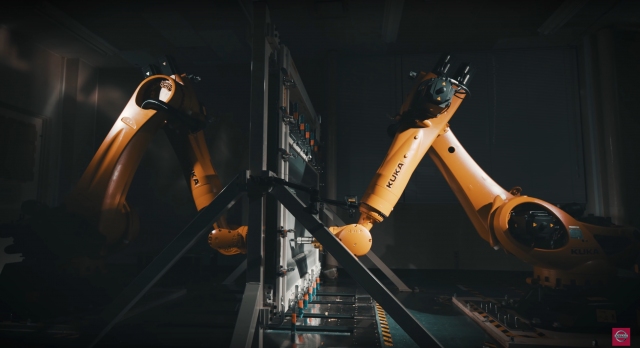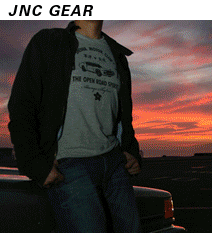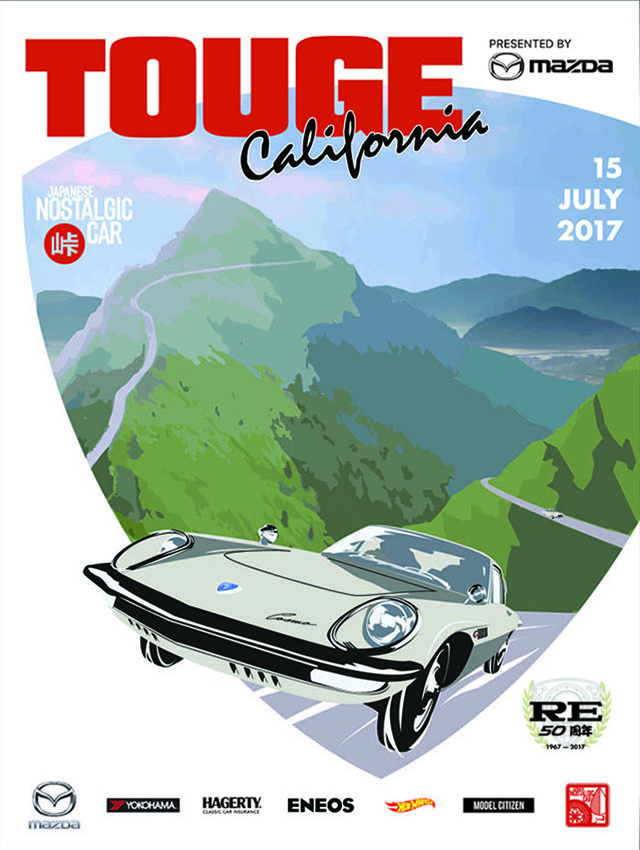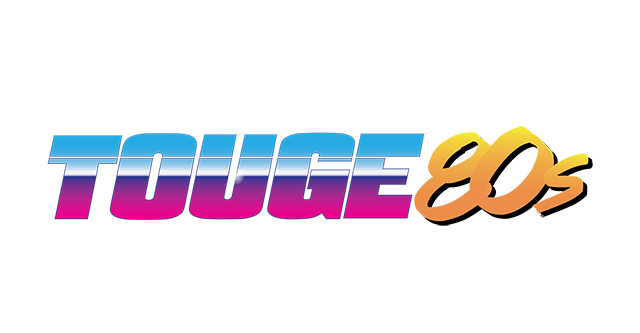When Nissan became the first Japanese automaker to announce it would start making parts for the restoration of classics — the R32, R33, and R34 Skyline GT-R, specifically — we were pretty impressed. When it said that the program had been expanded to include body panels, we were even more stunned. After all, those can be the costliest parts to manufacture, and we didn’t really believe Nissan had kept the dies for those pieces lying around for 30 years. Turns out, they are created with new technology that doesn’t require a die at all.
To stamp a body panel in the traditional way requires giant presses weighing tens of thousands of pounds. One body panel may require three or four different dies, meaning that many presses as well, for each panel, since the dies are time consuming to change out. It can cost hundreds of thousands of dollars, so a company would need to sell a substantial volume in order to make it worthwhile. Obviously, Nissan won’t be selling thousands of R32 quarter panels, so how can they make them?
Turns out, it’s a new technology called dual-sided dieless forming. Essentially, two robot arms are programmed to to sync up their movements, tapping away at a sheet of steel from opposite sides. It’s like an old school hand-held hammer and dolly, but many, many times faster and more accurate.
According to Keigo Oyamada, a manufacturing engineer, the technology took five years to develop. Because there aren’t any presses or dies involved, it can be used to make small production lots, as long as the CAD information (dimensions in 3D) is available. Sometimes, they have the original drawings, other times they have to 3D-scan a part.
Special diamond-coated tools had to be developed to shape the metal. Oyamada also says that no lubrication is required, and that parts are ready for paint immediately after shaping.
Naturally, the first use of these was to make R32 parts whose dies had long been trashed. Now that we know this process exists, we know Nissan can essentially make any body part for any car, as long as they can 3D-scan a pristine example.
Mazda has its own heritage parts program for the NA Miata, Toyota has announced one for the A70 and A80 Supra, and Honda has one for the Beat. As far as we know, none of them include body panels. Hopefully, Nissan will share this technology with other companies so these cars can continue to exist for many years to come.









Technology to the recue !
“When Nissan became the first Japanese automaker to announce it would start making parts for the R32, R33, and R34 Skyline GT-R, we were pretty impressed.”
Wouldn’t they be the logical automaker to make them?
Ok, wiseguy :). I meant the first carmaker to start making restoration parts. Anyway, I edited the sentence for clarity.
I know (-:
All I am thinking is…R30 !!
Down to the local hardware for 3mm sheet?
Let’s hope that they will be wise, and start creating body panels for the s30, mainly the 240Z, like hoods, fenders, quarter panels , not that will be AWESOME!
Soichiro Honda stated that you would always be able to buy any part for any Honda ever made.
When he passed, of course, that possibility went out the window. Considering cost and logistics, it’s understandable. With this technology, Honda really could do just that.
Excellent comment Bob. I hope that Honda can use this technology to make body panels to many popular Honda models.
Its wierd though that they dont have the original dies still. I work for a stamping facility and we still have toyota dies from 1999. Not to mention if they where to make new dies there are companies that can do the job. Cool technology but that one line could be a dozen jobs or more even in low quantities.
That’s cool and all, but us DSM guys could really use this right about now too. We’re struggling to keep our cars alive as well. It’s a constant debate on whether to save a gsx/tsi/rs-t from the crusher or buy parts off of it from the seller to restore our own cars. I hope Mitsubishi or Chrysler… ahem… sorry, I meant Fiat…. decide to do the same for us. Even our sunroof seals are discontinued.?
Does this mean that the new body panels for the R32 are going to be steel and not aluminum?